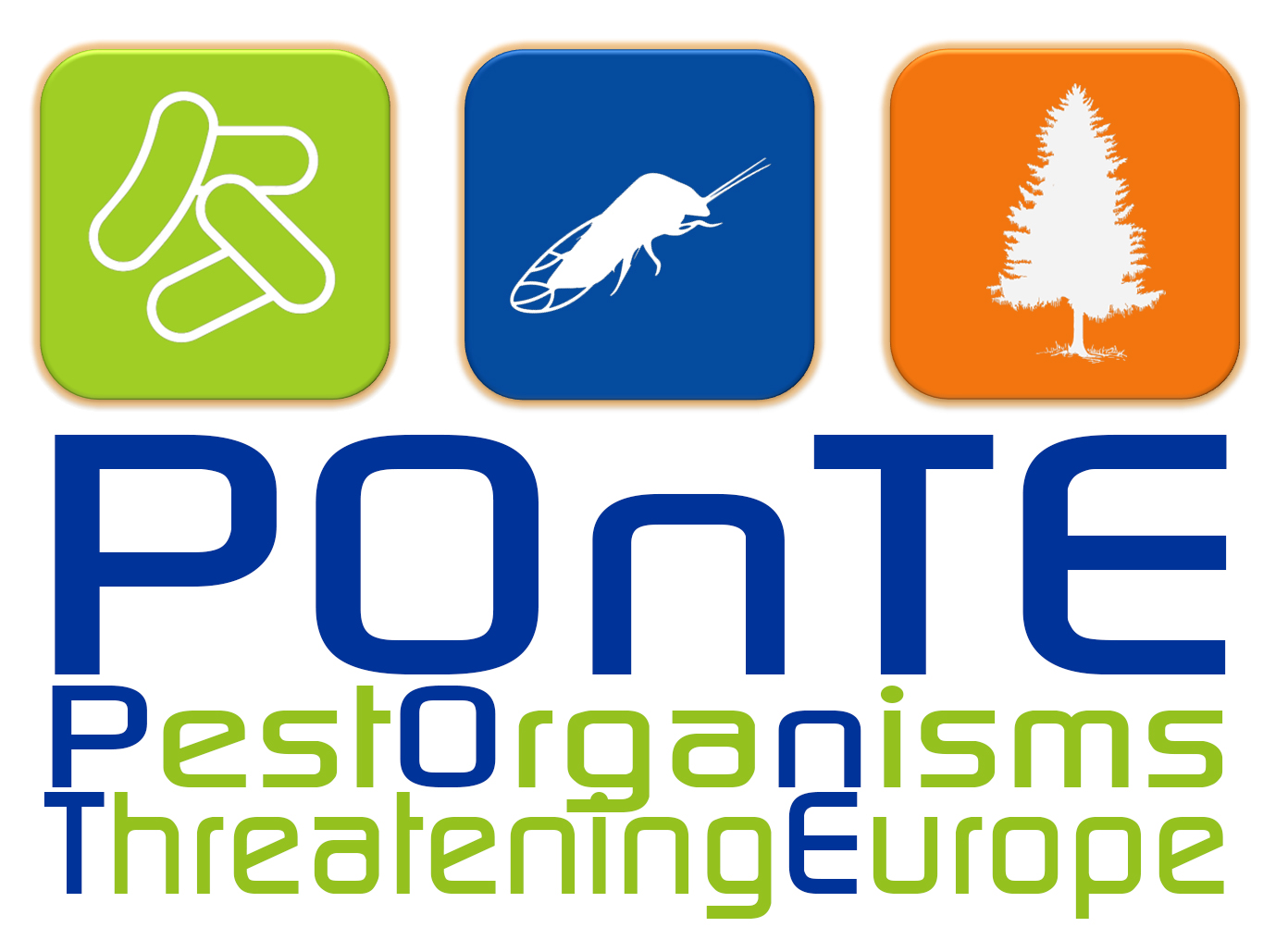Discovery of Phytophthora ramorum on Japanese larch in Brittany (France)
Phytophthora ramorum is a fungus-like pathogen which causes extensive damage and mortality to a wide range of trees and other plants. The disease is known in the USA as ‘sudden oak death’ because the pathogen causes disease and mortality to North American native oak and tanoak species in the coastal forests of California and Oregon. In Europe, the disease was described initially on Rhododendron and Viburnum and then on a wide range of ornamental plants. The discovery of the disease affecting Japanese larch trees (Larix kaempferi) in south-west England in 2009 was the first time P. ramorum had been found causing lethal infections (in the form of stem cankers) on a commercially important conifer species anywhere in the world. In 2010, it was detected on Japanese larch in Northern Ireland and by 2013, at least 10 000 ha of affected larch had been identified in England, Scotland and Wales. Apart from the UK, the Republic of Ireland has been the only other country where larch has suffered the impacts of P. ramorum infection.
However, in May 2017, P. ramorum was identified for the first time on Japanese larch in Brittany (France), in the forest of Saint-Cadou in Finistère. The affected stand is about fifty years old and the symptoms observed are wilting, yellowing and reddening of needles. This is the first report of the disease affecting Japanese larch in mainland Europe. Until now, it has only been detected in understorey vegetation in the natural environment (mainly rhododendron) in Brittany, Normandy and Pays de la Loire, regions which have a climate that is conducive to infection by P. ramorum. Research is underway to learn more about this outbreak in France and how extensive it is as well as to identify the mating type and genetic lineage of the pathogen at the affected location.
For more information please read this fact sheet released by the French Ministry of Agriculture and Food.
@Aurélie Bouvet, DSF (France)










